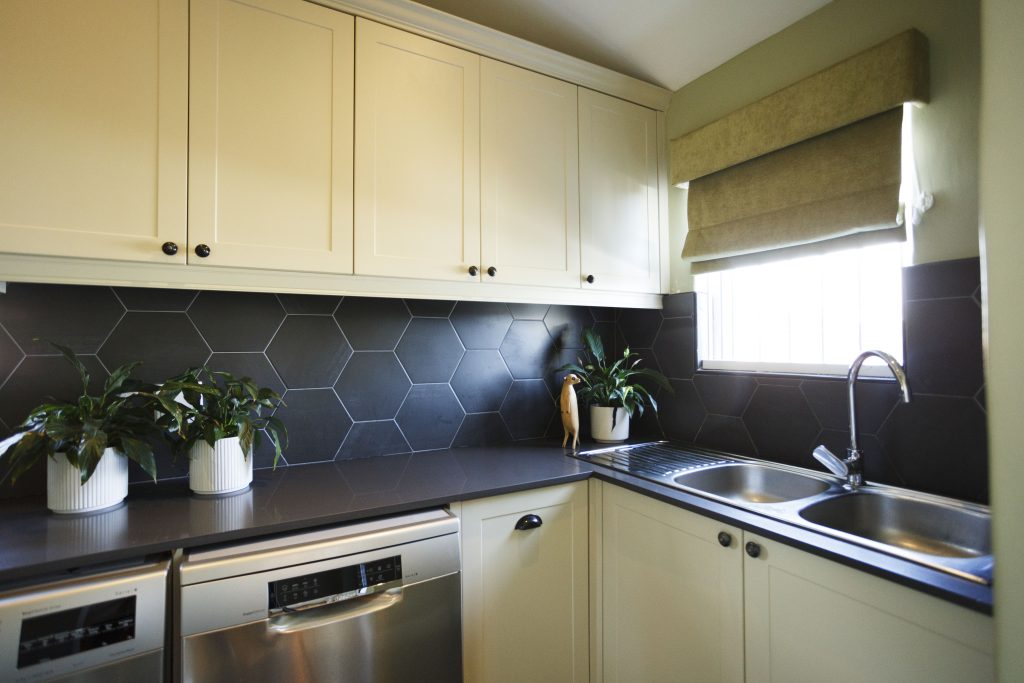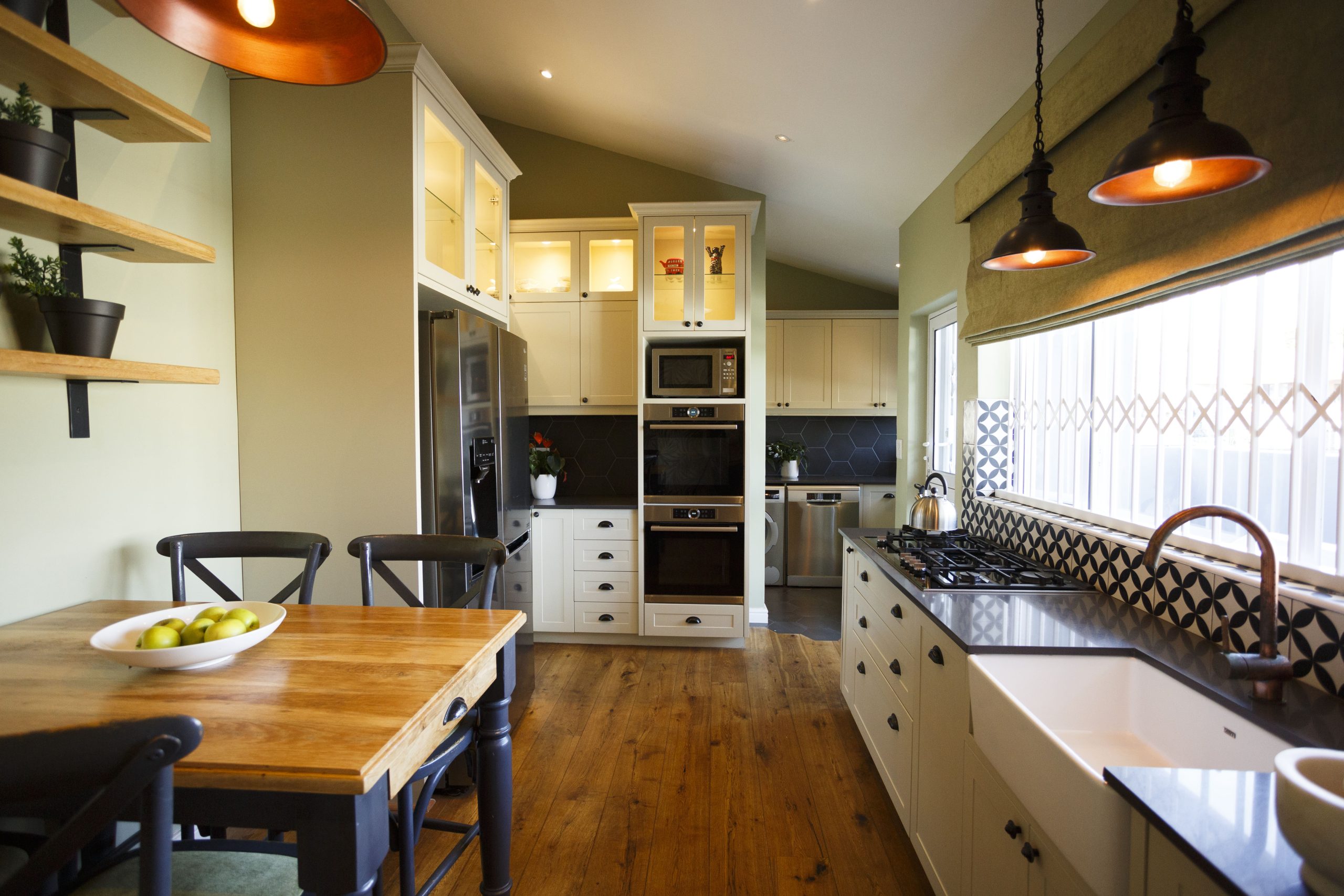The way we live, work, and use our homes has changed considerably. Today we are spending more time indoors and as a result space is becoming premium. The dining room table is especially taking a hit – not just being used to eat but is also doubling up as a school desk and makeshift home office too.
Combining open plan living with the work-from-home lifestyle is proving quite a challenge, with many of us now longing for clearly divided spaces that allow for privacy and flexibility.
There are three main questions you should be asking yourself when deciding whether an open or closed kitchen is right for you, your home, and your lifestyle:
What kind of host are you?
The kitchen has always been a place where people come together so a good starting point is to think of how your kitchen will work during family dinner times, or a social event like a party or casual weekend braai.
Spend time thinking about how you as the cook and host would like to connect to your guests and other people in your home. If you want to keep the conversation flowing outside of the living or garden area and enjoy turning a task into a social event, then an open-plan layout will work best. Remember though, that with the good comes the not so good – while an open plan layout will allow others to join in and help you prepare, it also means they will be observing everything you do, even when things go wrong.
If a closed kitchen appeals to you more, then do bear in mind that even though you’ll be isolated from your family and guests, they will still feel obligated to assist you. This means that your guests (or children) are likely to inevitably land up in the kitchen anyway.
How do you feel about clutter?
A functional kitchen is one where there is plenty of storage and place, or space is clearly identified for everything, including appliances and cleaning products. I always think a broom cupboard should be a non-negotiable in any kitchen, as it allows you to tidy up quickly and keeps those pesky items hidden when not in use.
Your view and relationship with mess will be a good indication of what type of kitchen layout is right for you, as this will naturally always be visible to others in an open plan kitchen. Think about your everyday routine here. If you will be using the same space to work from home then consider what may or not be visible during a Zoom call.
If the thought of having dirty pots and pans on display is off-putting, then consider cordoning off some space from the main area for a scullery. Not only will this give you more storage, but you can also stash unwanted and unsightly things away from prying eyes.
If you really want clearly demarcated spaces, then separating the living and cooking area will improve your layout and flow. This option will also give you more wall space to work with, which in turn gives more functional opportunities and more cupboards for storage.

What does the rest of the house look like?
Kitchens are forming part of people’s lifestyles and becoming a place of expression, so it is important that the space reflects not just how you want it to function but also your personal aesthetic. Closing off the kitchen can take away valuable and sometimes unnecessary space, but separating it from the rest of the house can make it difficult to keep the interior décor theme flowing.
Even in an open play kitchen area, the kitchen should not only look good but also integrate well with the surrounding living space. Don’t be afraid to add texture in the form of wallpaper and colour if this is occurring in the living and dining area.
I absolutely love bringing life and joy to a kitchen by adding coloured cabinetry and then complementing this with stunning tiles, soft lighting and some intricate stonework around the sink and stove. Soft closing drawers are another non-negotiable for me, as it means cabinet doors close softly and automatically, causing less disturbance to those in other parts of the home.
Working out whether to open your kitchen to the rest of the house is a personal one, but extending your space and enhancing the layout of your home shouldn’t come at the expense of your lifestyle and everyday routine.








